Social Media & Modern Politics
Social media has become one of the most influential factors influencing politics and political discourse in the twenty-first century. Social media sites like Facebook, Instagram, YouTube, TikTok, and Twitter have completely changed how individuals communicate with politicians, engage with political problems, and exchange information. Political communication was previously dominated by traditional media like radio, newspapers, and television; now, social media has opened up new channels for activism, involvement, and mobilization. However, it has also brought about some serious problems, such as the proliferation of false information, polarization in politics, and the degradation of democratic standards.
This article examines the various ways that social media has an impact on contemporary politics, including how it affects public opinion, elections, governance, and political communication.
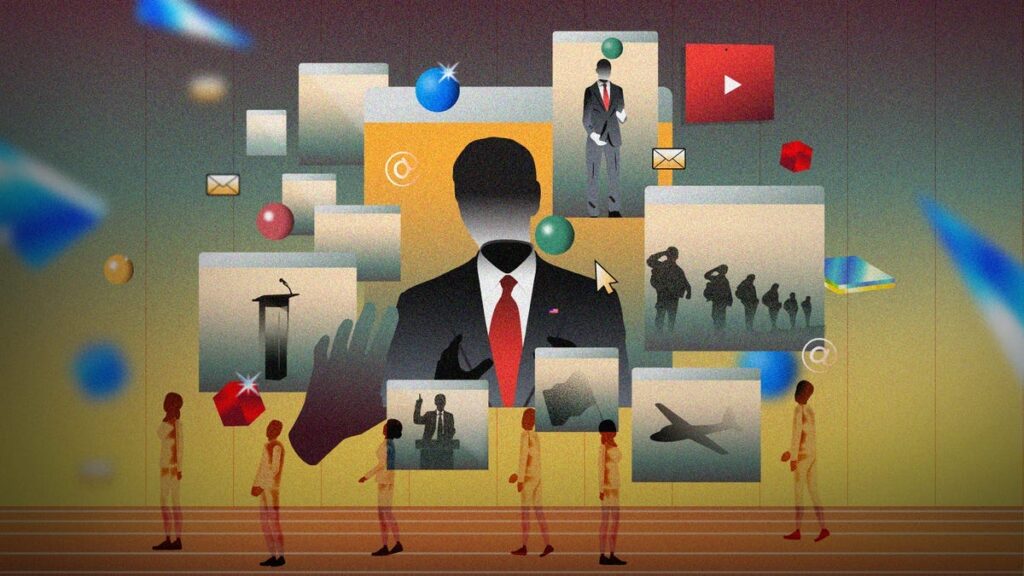
1. The Rise of Social Media in Political Communication
Social media platforms have radically altered the public-politician communication landscape. Historically, public officials depended on conventional media channels to deliver their messages to voters, frequently using well-crafted speeches, interviews, and press releases. Politicians now have the ability to communicate directly and without the need of middlemen with their followers through social media, giving them a platform to tell stories, react to events instantly, and interact more personally with voters.
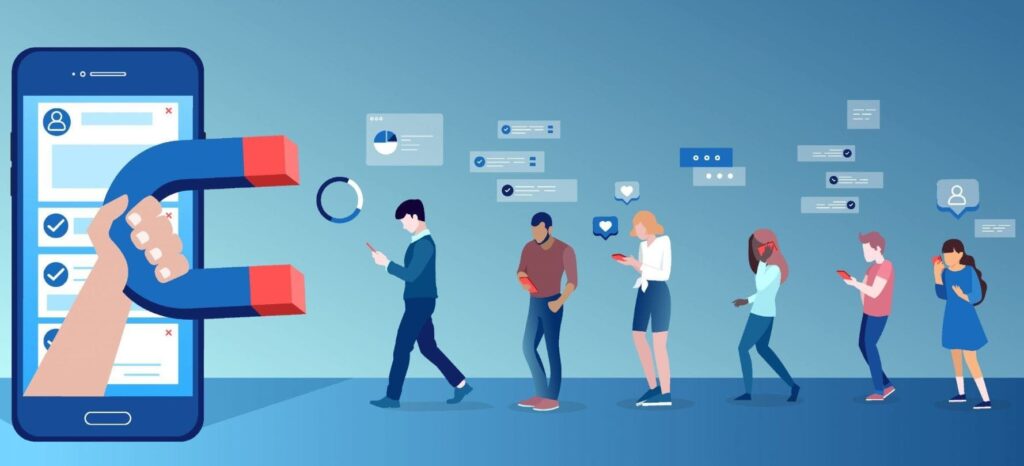
1.1. Communicating Directly with Voters
With blogs, tweets, and live videos, politicians and political personalities may now interact with voters directly. By doing this, they are able to get over the gatekeepers in the traditional media and provide unfiltered access to their priorities, policies, and opinions. Additionally, social media has helped leaders connect with younger, tech-savvy voters who might not interact with traditional media sources, humanize their public personas, and develop their personal brands.
Barack Obama, the former president of the United States, was among the first political figures to successfully use social media in his campaigns in 2008 and 2012, reaching millions of prospective voters through sites like Facebook and Twitter. Since then, social media has become an essential tool for political communication for a number of leaders, including Donald Trump, Alexandria Ocasio-Cortez, and Narendra Modi. Throughout his presidency, Trump was a frequent user of Twitter, which demonstrated how political figures might utilize social media to set the political agenda, attack opponents, and personally mobilize followers.
1.2. Political Movements’ Amplitude
A major factor in the amplification of political movements has also been social media. The emergence of hashtags, viral content, and internet campaigns has aided in organizing grassroots movements and drawing attention to issues that the media might otherwise overlook. Social media has helped movements like #BlackLivesMatter, #MeToo, and #FridaysForFuture gain recognition and support on a global scale by enabling activists to plan demonstrations, disseminate their narratives, and create networks of followers.
These platforms have made it easier for regular people to participate in politics and become change agents and influencers. Social media has given rise to new instruments for political engagement and mobilization, such as arranging protests, bringing attention to social justice concerns, and applying pressure on governments to act.
2. The Role of Social Media in Elections
One of the most important and contentious aspects of social media’s influence on contemporary politics is how it affects elections. Social media has altered how people cast ballots, how political campaigns are conducted, and how elections are decided.
2.1. Advertising and Political Campaigning
Social media platforms are now an essential part of contemporary political campaigns because they give candidates an affordable means of reaching wide audiences with focused content. Data analytics can be utilized by campaigns to micro-target voters according to their online behavior, interests, and demographics. This enables customized political ads to target particular groups.
Political campaigns, for instance, can run highly targeted ads on Facebook’s advertising platform, reaching users based on their geography, age, gender, political affiliation, and even browsing history. Political advertising has been transformed as a result, enabling campaigns to concentrate their resources on swing voters or important demographic groups. Nonetheless, questions of voter behavior manipulation and the moral use of personal information in political campaigns have also been brought up by this hyper-targeting.
2.2. The Misinformation and Disinformation Epidemic
The ability of social media to propagate false information and misinformation is among the most concerning features of its involvement in elections. Disinformation is defined as false information disseminated with the specific intention of misleading or deceiving, whereas misinformation refers to inaccurate information conveyed with good intentions.
The topic of misinformation on social media gained international attention during the 2016 U.S. presidential election. Russian meddling in the form of orchestrated disinformation operations was intended to create discord, erode confidence in the democratic process, and affect the election’s result. On social media sites like Facebook and Twitter, fake news, conspiracy theories, and deceptive advertisements were frequently shared more than accurate news, reaching a larger audience.
Voters are now confronted with contradicting and frequently incorrect narratives, making it more challenging for them to determine what is true in an atmosphere where “fake news” has become prevalent. This has caused a generalized sense of cynicism and bewilderment by undermining confidence in the political system as well as the media. Since then, a number of nations have strengthened their laws and control of social media companies in an effort to stop the dissemination of false information, but the issue still exists.
2.3. Echo Chambers and Polarization
Because social media creates “echo chambers” or “filter bubbles,” where users are exposed to content that mostly confirms their preexisting ideas, it has led to political polarization. Algorithms on platforms like Facebook, Twitter, and YouTube are designed to prioritize content that generates engagement, often leading users to see more of what they already agree with, while filtering out opposing viewpoints.
Through the reinforcement of ideological divisions and the creation of a fragmented public realm, this phenomena exacerbates political polarization. Users in these echo chambers are less likely to encounter diverse perspectives, making them more resistant to compromise and more likely to view political opponents as enemies rather than fellow citizens with differing views.
Political discourse on social media has become increasingly polarized, making it more challenging to have productive discussions or come to an agreement on crucial policy matters. Rather, a poisonous political atmosphere is created when political conversations frequently turn into contentious debates, insulting remarks, and false information.
3. Social Media and Policymaking
Social media influences public policy more and more outside of elections. Social media is a tool used by political figures, governmental organizations, and advocacy groups to learn about public sentiment, bring attention to policy problems, and encourage legislative action.
3.1. Political Influence and Public Opinion
The public now has a tremendous instrument to voice its ideas and put pressure on lawmakers thanks to social media. Public uproar, petitions, and viral campaigns are some of the ways that citizens can impact policy and compel decision-makers to take action on urgent concerns. For instance, the #MeToo movement sparked important conversations about sexual harassment and assault policy, which changed workplace regulations, brought about legal changes, and made public figures more accountable.
Political leaders are becoming more conscious of the influence social media has over public opinion, and many keep a careful eye on these platforms to be informed about the issues that their voters are facing. The government has occasionally responded quickly to social media uproar by enacting new restrictions or reversing policies.
3.2. Accountability and Transparency in Government
Social media has also improved public official accountability and transparency by enabling citizens to closely monitor public servant behavior. Citizens can expose corruption and misbehavior, ask direct questions of political leaders, and demand explanations for policy decisions using social media sites like Facebook and Twitter. Social media is a common tool used by journalists and watchdog groups to report on government acts, hold officials responsible, and sway public opinion.
In addition, social media gives government organizations a forum for direct public outreach, policy initiative updates, and the distribution of critical information. This has proven especially helpful in times of crisis, as the COVID-19 epidemic, when individuals needed real-time updates and contact from public health officials to be informed and to change public behavior.
4. Challenges and Opportunities of Social Media in Politics
Social media has expanded the avenues for political participation, but it has also created formidable obstacles for democracy and government.
4.1. The Decline of Civil Conversation
Social media has been accused of undermining polite conversation by encouraging sensationalism, indignation, and animosity. Political arguments frequently devolve into shouting fights rather than productive talks due to the anonymity and impersonal nature of online connections. This has the potential to widen social gaps and make it more difficult to reach consensus on crucial topics.
4.2. Political Participation Becomes More Democratic
However, by allowing more individuals to participate in politics, social media has democratized political engagement. In the past, elites had a disproportionate amount of political power, and common people had few opportunities to hold leaders accountable or influence policy. Because social media gives citizen journalism, political organizing, and grassroots activity a platform, this dynamic has shifted.
With the resources at their disposal, movements that earlier found it difficult to attract widespread attention can today empower disenfranchised groups and encourage increased political engagement by reaching millions of people globally.
Conclusion
The influence of social media on contemporary politics is significant and diverse. It has changed how politics are communicated, how elections are run, how the public is heard, and how new avenues for being involved in politics are opened up. But it has also brought forth new difficulties, such the proliferation of false information, polarization in politics, and the decline in polite conversation.
The political landscape will change in tandem with social media’s ongoing evolution. In this new digital era, individuals, platform designers, and policymakers must navigate the complexities and figure out how to balance social media’s benefits for democracy and governance with its perils. Politics in the social media era will ultimately depend on our capacity to overcome these obstacles and promote a more knowledgeable, involved, and welcoming political climate.

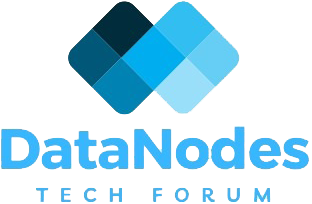
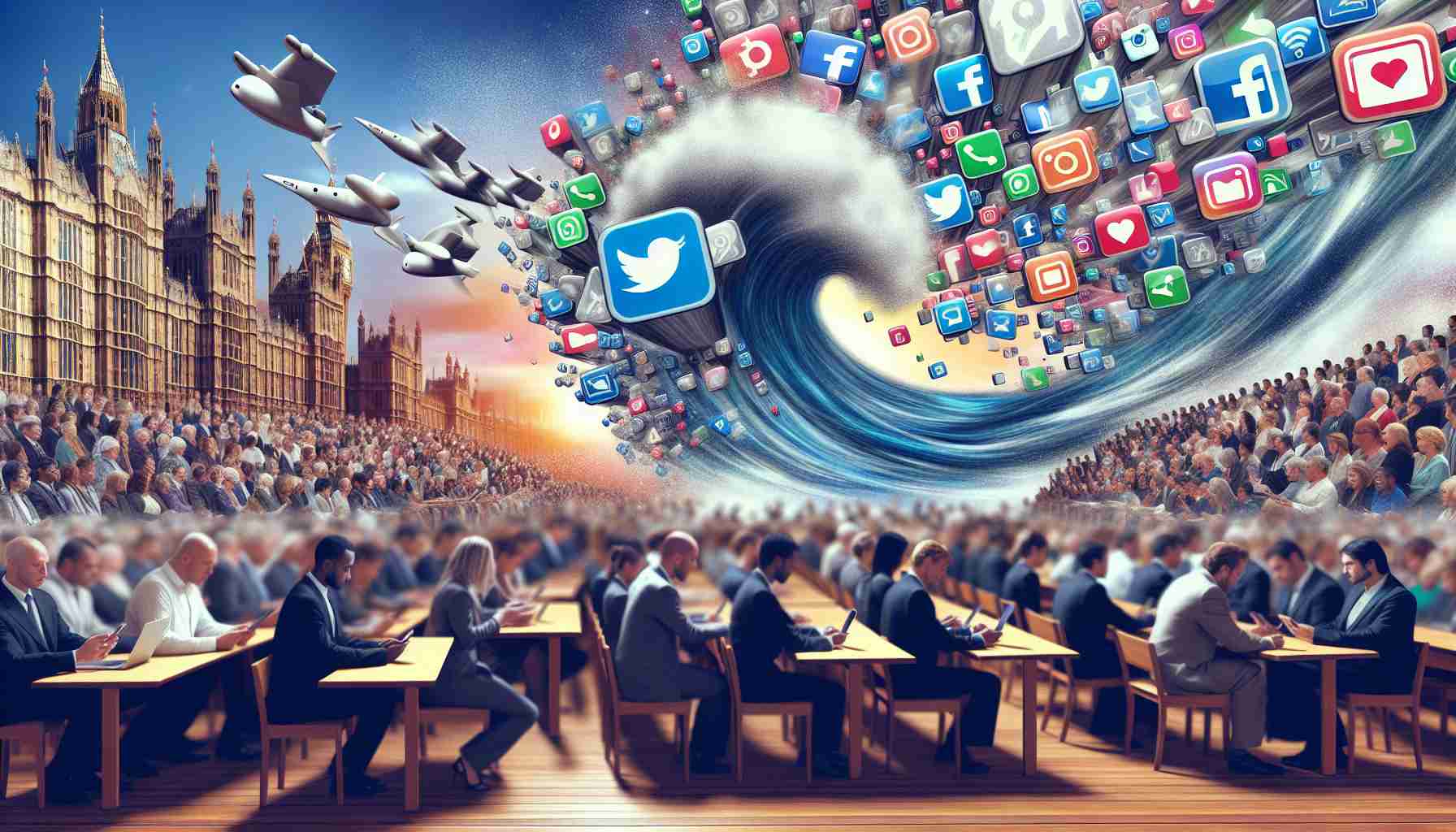


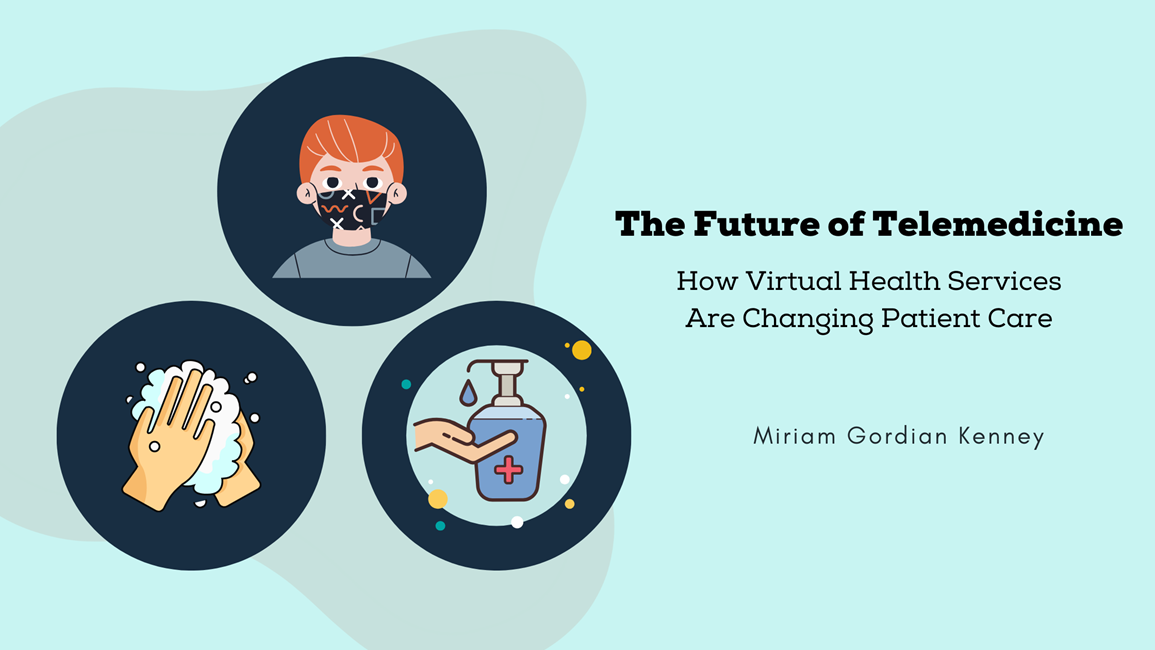
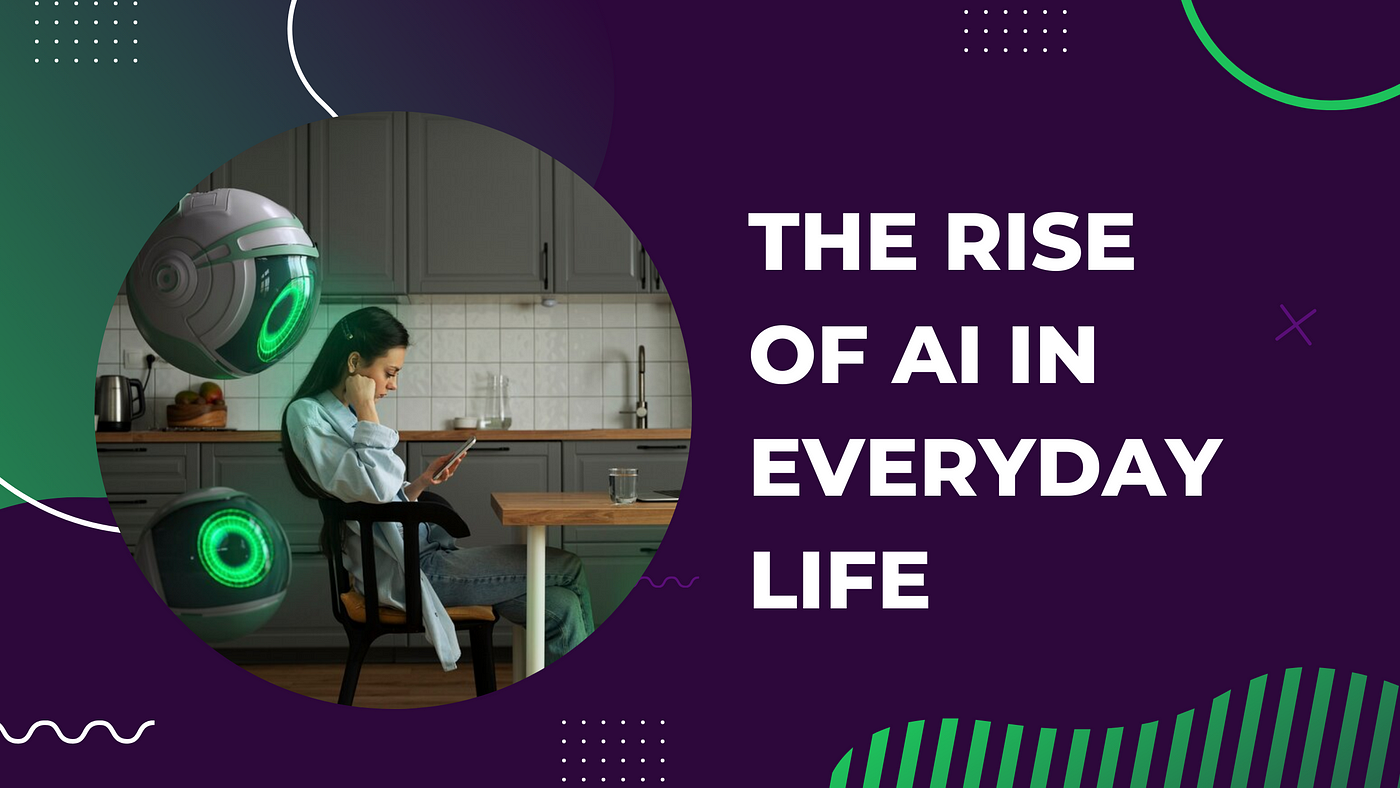

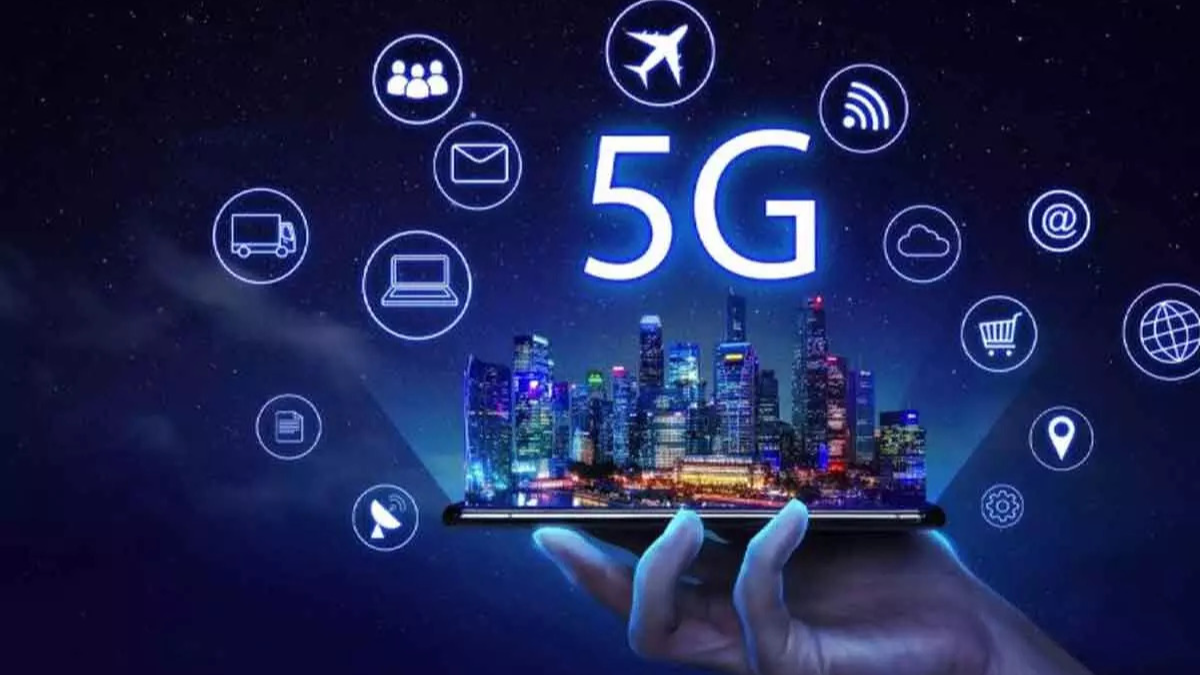
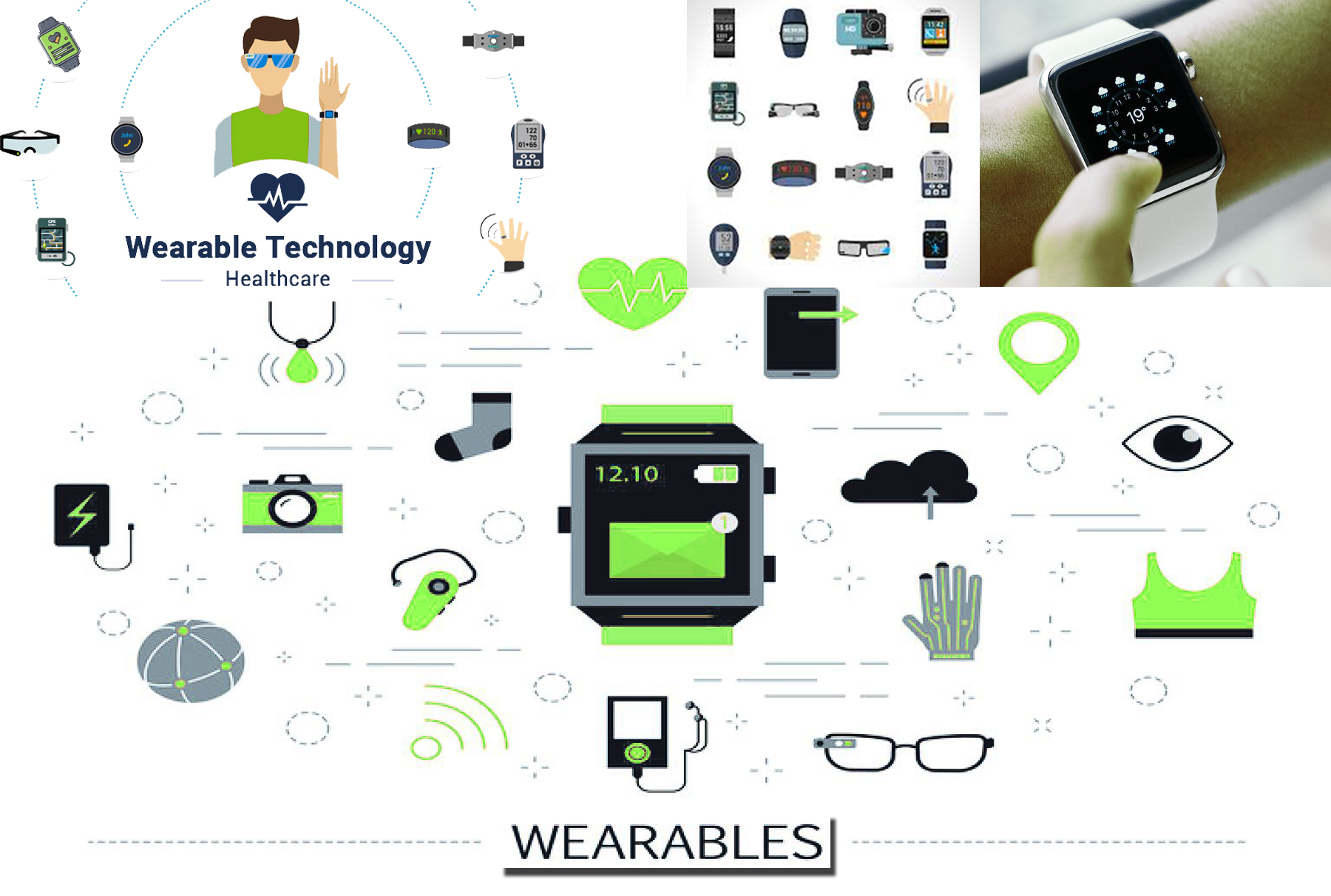
Leave a Reply